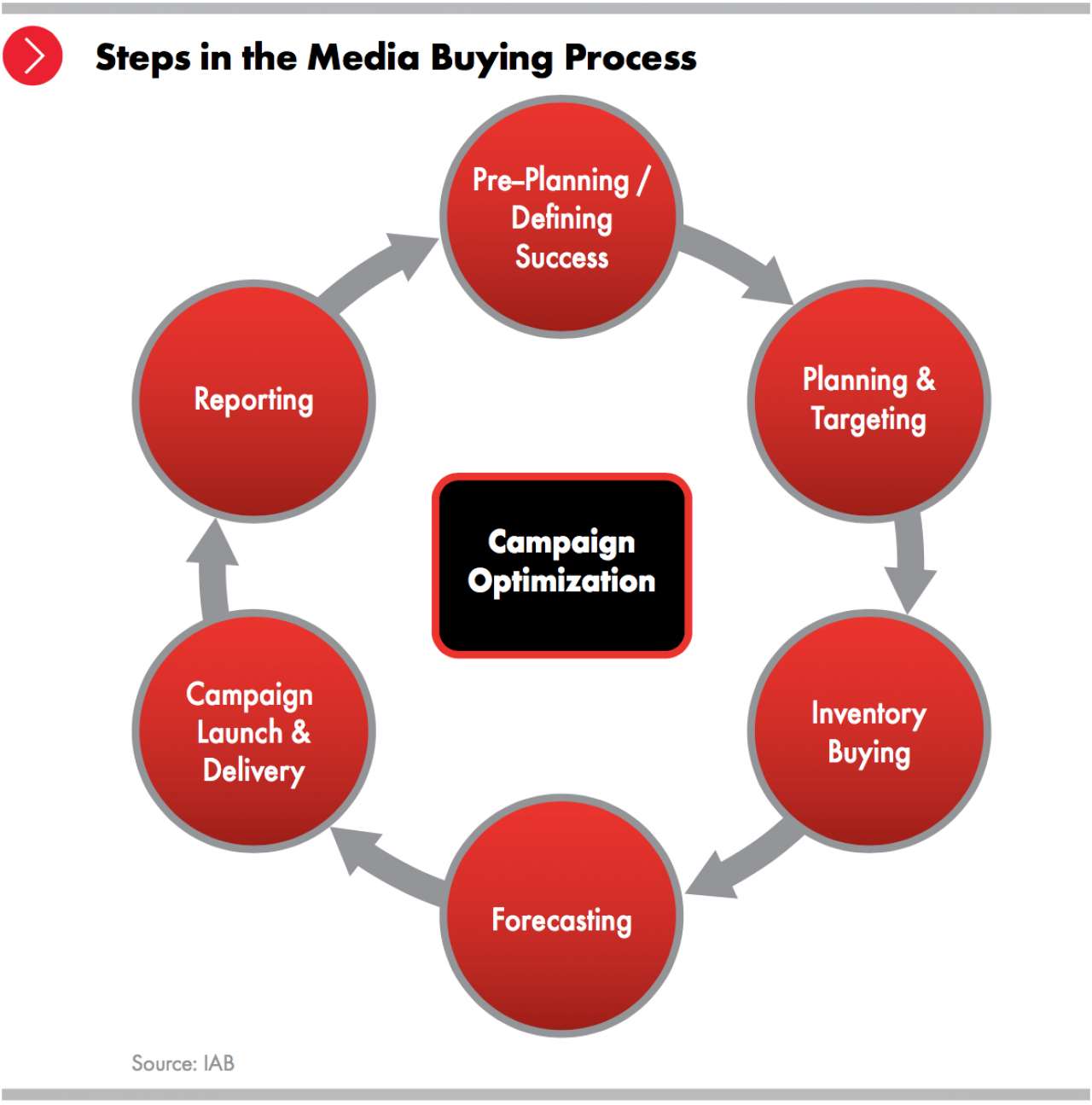
Digital buying: How did we get here?
Digital media buying has come a long way since I started my career 11 years ago. Back then, digital buys involved single-site placements secured through an IO (insertion order) or black box network buys for content verticals like news, health, and fashion. Third party ad servers were out there (remember PointRoll?), but for the most part, using one was optional. The word “programmatic” was thrown around loosely (I guess that’s one thing that hasn’t changed much), and sales reps with non-digital backgrounds struggled to explain what they were selling, largely because they didn’t understand it themselves.
Then came a complete, systematic shift to buying based on your audience, regardless of the sites they were visiting and content they were viewing on the web. Networks were labeled as premium, expensive, and even outdated by many digital buyers. Then it was all about buying inventory through an exchange! What a novel idea! Search had long been thriving with an auction-based pricing model, so why wouldn’t it make sense for display (and later video, native, etc) to follow suit? Digital buyers were sold on the long tail, the most cost-effective (aka cheap) approach to converting users across the thousands of niche sites that they were frequenting on a daily basis. Oh, wait, you haven’t heard of godzillawheresshoes.com? Doesn’t matter. That’s where the algorithm says my target audience is going, and my CPA (cost per acquisition) is $1.50. Too good to be true? Never!
And now, here we are in 2018, wondering how to fix all of the fraud that’s come as a result of this flawed system.

Cue the movement back to, in some regards, the old way. Sure, technology has streamlined things substantially, and we no longer have to generate numerous IOs, fax them (yes fax them!) over to a rep for confirmation, and then cross our fingers that the person on the other end is actually competent enough to run the schedule we’ve purchased. Rather, we’re taking matters into our own hands, building out category whitelists, adding on all of the brand safety filters we can buy, and using multiple blacklists that get updated regularly. And you better believe that every single campaign we run will go through an independent ad server for verification. We’re still using audience targeting, of course, but we’re not willing to (hypothetically) reach our target in a bot-filled, crap-content environment.
So, here we are, trying to make the best out of what we’ve learned, but with better platforms. As a result, CPMs are rising, and capturing leads can be a bit more challenging. But we’re ok with that. At the end of the day, we (and I think it’s safe to say, most of our clients) would prefer our ads serve alongside safe and legitimate publisher content, for a slightly higher price. And rather than taking conversion rates at face value, we challenge ourselves and our clients to match the data against sales, patient volumes, accounts opened. Sure, seeing a percentage that exceeds the benchmark can be exciting for us media geeks, but what’s the point if we don’t know how we’re really impacting business


